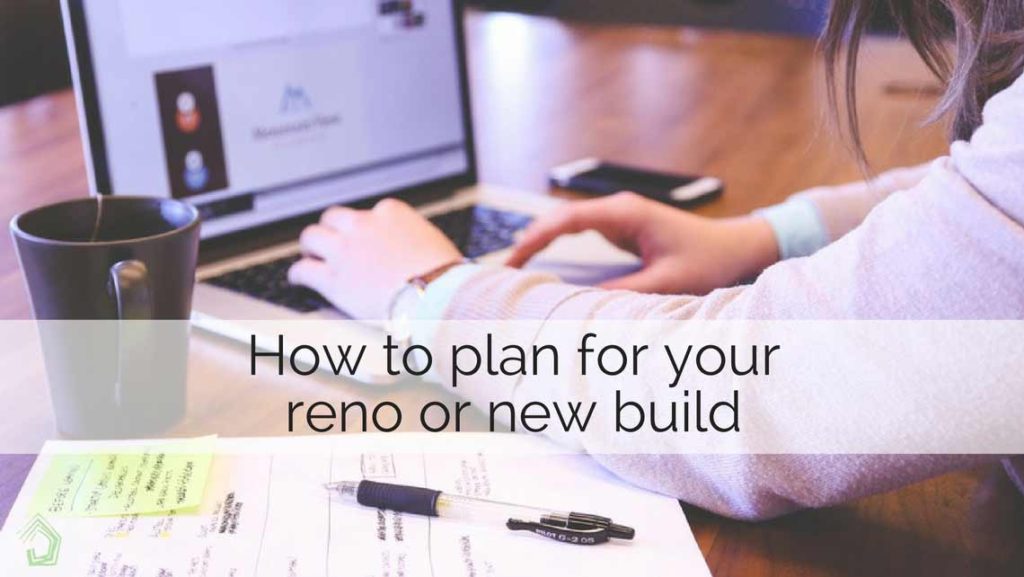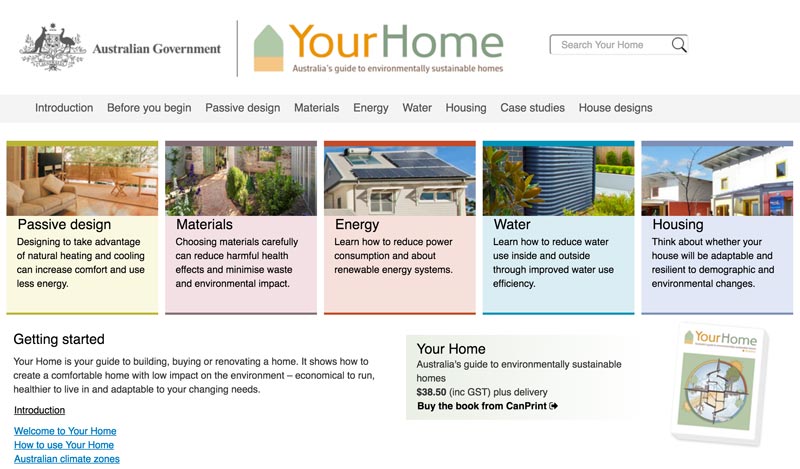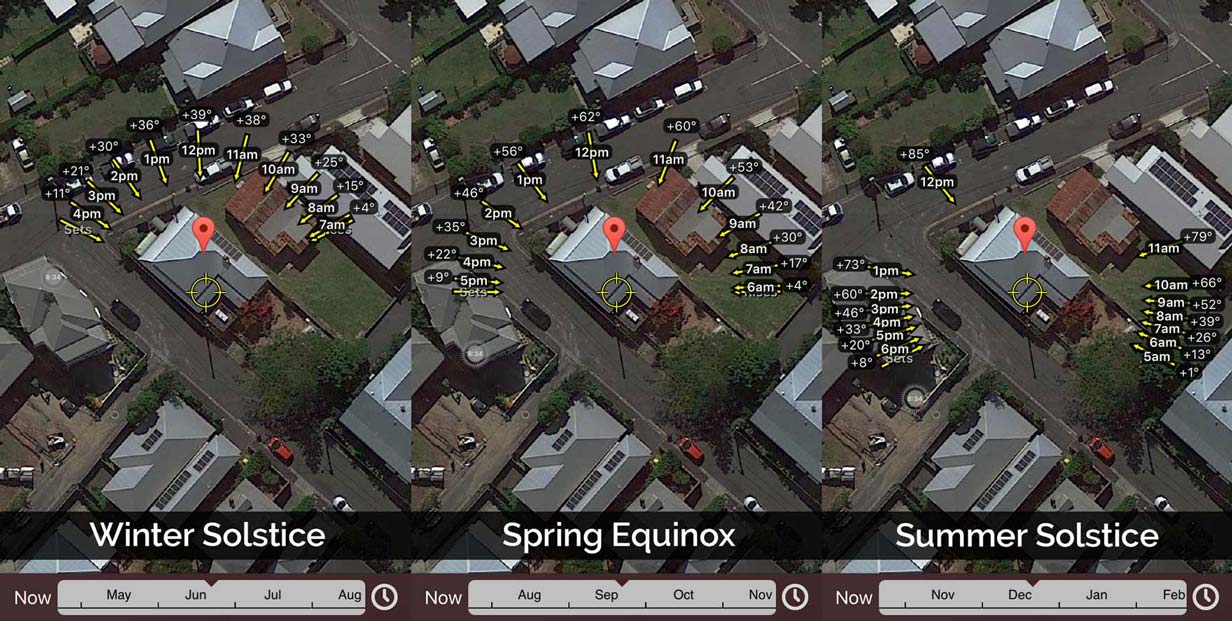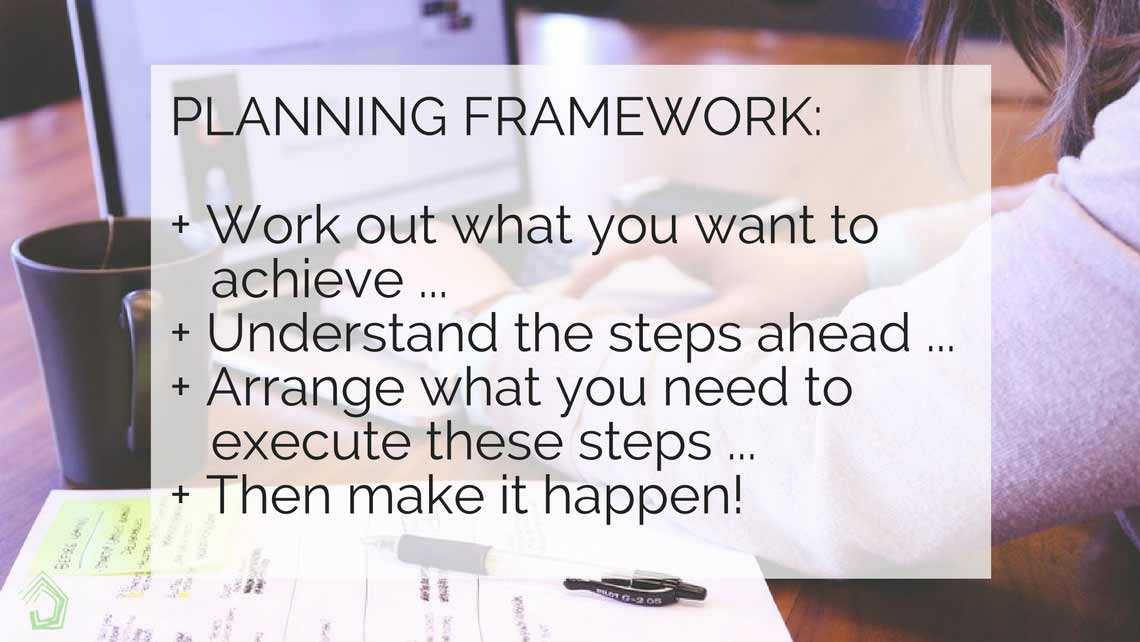
The last blog post introduced this topic about how to recognise the difference between preparing, planning and procrastinating, when it comes to renovating or building your home. (If you haven’t read it, head here).
It’s useful to know the difference between these three things so you can identify which one you’re in, and know how to keep moving forward, and not waste time, energy or money.
The biggest difference is this:
Preparing and planning are constructive and productive uses of your precious and limited time.
Procrastination is not simply unproductive – it’s actually destructive. It makes you feel terrible, and diminishes something that should be exciting.
Remember that fear, confusion and overwhelm are other versions of procrastination. They cause it, and they are the hallmarks of it.
Don’t get overwhelmed. You can do this. As with any new journey, it’s simply a case of understanding more about what’s ahead, and getting some support in finding the way.
So let’s look at planning, because this is one of the THE MOST productive parts of your renovating and building journey. Especially when it follows a good preparation phase.
PLANNING for renovating or building your new home
It may seem like planning and preparing are similar things. And given that renovating and building involves designing and drawings “plans”, planning can sometimes be identified as the actual activity of getting your design drawn.
[This blog post is not about the art of designing and drawing floorplans.]
Let’s define what this phase of planning actually involves. And then we can talk about what you’ll be doing during this phase.
Borrowing from a business planning definition, “Planning” as a phase is:
#1 Working out what you want to achieve with renovating or building your new home.
This is an overall, big picture goal. Perhaps you want to create your forever home that will serve you for the next decade or so. Or you may be using this home as a stepping-stone to your next property.
You’ll have done some work on this as part of the “preparing” phase (especially if you followed my action steps!)
#2 Understand what the steps ahead are to get you to your goal.
There’s lots on the Undercover Architect website to help you, otherwise joining my flagship program “HOME Method” is an awesome way to access my support in your project.
#3 Arrange what you need to execute these steps
This will mean getting your team together, understanding what approvals you’ll need, determining the best design for your home, and formulating costs and timelines.
#4 Make it happen (basically – follow the steps!)
Once you know all the steps, and have who you need supporting you for the journey, you can execute!
How you spend your time when PLANNING
This will ultimately depend on you, and the type of team you decide to put around you, or how much you want to do yourself.
You can hire someone, such as an architect, who will run your entire project on your behalf. They’ll take it from the first phonecall, to it being built and finished on site. They’ll pull together the entire team you need, and be getting your input and approval along the way. Their work will guide you.
The other extreme is that you can be doing EVERYTHING yourself … the design, organising someone to do your drawings, getting the council and building approvals, finding a builder, and then managing them on site.
The first option will cost more in consultant fees and take much less of your time. The latter may save more in the initial costs, but may cost you more in newbie errors, and will definitely cost you more in time.
There is of course a range of options in between those two extremes.
So let’s look at what will be ‘getting done’ during this phase. You’ll be …
- finding out council rules and how they apply to your project
- choosing a professional team, and determining what they’ll be able to do, and how much it will cost
- analysing your land and/or existing home (if renovating) to see how to make the most of it in your new design – looking at the movement of the sun, breezes, views and privacy
- doing real estate research to see what will overcapitalise your home, and using that info to inform your budget
- getting input from industry professionals to shape and hone your budget
- starting to design your new home or renovation, working on concepts based on the brief you’ve created in the “Preparation” phase
- understanding what approvals you need, and how to achieve them, and then getting those approvals
- getting drawings done that can be approved, priced and built from
- making lots of decisions … about your design, the materials, the fixtures and finishes
- understanding the associated timeframes, and mapping out the progress of your project from start to finish
- possibly moving out (to make way for a renovation)
- choosing the team that will help construct your project
- dealing with legal info such as mortgages, contracts and approval conditions.

Yourhome is a fantastic resource to help you create a sustainable home – simply. Click here.
How it feels to be PLANNING
If you have the expert support you need and you’ve done your due diligence to find them, this phase can feel AWESOME.
That’s because it’s full of milestones. Big chunky steps forward and lots of list ticking and getting-things-done.
It can also feel quite stressful and time pressured. If you’re already super busy, and you’ve got a new list of things to do, choices to make, people to meet and speak to, and lots and lots of decisions, it can be challenging to fit it into your already-busy life.
You can also feel like it monopolises every conversation you have with everyone. Some homeowners tell me that one of the things they’re looking forward to when they finish renovating or building, is this: to not have to talk about building or renovating with their partner again.
You can feel like your weekends are chewed up with visits to suppliers.
Know that, even though it feels intensive, it’s a short-term pain, that’s leading to a gorgeous new home or renovation. Be systematic about your searching, and ask your professional (be it your designer or builder) for a big list of all the things they’ll need you to decide on and choose. That way you can keep your eyes open to sales and great deals. You can also make your searches and time really productive, and check things off as you go.
What can go wrong with PLANNING
What I usually see in this phase is three things – and both end up blowing budgets and timelines, with perplexed questions at the end!
Not making the most of the design opportunities for your home
The first is that homeowners start researching the various professionals they might need.
They can’t decide between a draftsperson, a building designer or an architect (if you need more info on this, click here to read this blog post).
They make a choice, often based on fees and their budget.
They then proceed with their design planning and get to the end, and then wonder if something is missing.
Have they really made the most of their home, the opportunities they have, and the money they have to spend?
What is missing, and what are they not getting right?
Waiting until the start of construction to get their quotes
The second choice is that homeowners don’t get their project costed at various steps along the way.
In progressing their project, and resolving their design, they wait until they’re ready to start building before they get a proper estimate – and are floored and heartbroken when they find out it’s well over their budget.
They have to take several steps backwards, spend more money and time, and everything feels like a compromise from that point.
Do they just throw in the towel and not bother?
Pinching pennies and silly spending
The third thing is that homeowners scrimp and save, push and pull their design and choices to get it in on budget.
Then when construction starts, they make speedy, ill-informed choices. Or they don’t treat decisions with the same level of scrutiny that they did during the design phase.
Decisions made on the fly, under time pressures, rarely make for good decisions. It may feel like it’s only $1,000 here, and $500 there. It quickly adds up and (when variations for the unexpected are added), can significantly blow budgets.
Where on earth did all the money go?

Sunseeker 3D is a great app for understand the position of the sun over your home or site on any day of the year, at any time of the day.
Suggested resources for PLANNING
You may not want architecture with a capital “A” – but I suspect you want a home that works for you. Read here for help.
Don’t underestimate the stress – here’s my top tips.
How to design a family home that works now, and always … read here.
Tom’s Planner (if you’re a programming junkie – I’ll be talking more about this in an upcoming blog)
Houzz for finding local professionals and design inspiration
There are free online budgeting tools – this is a good one to start
Action steps for you in PLANNING
- Download the Sunseeker 3D App (small charge) and study how the sun moves across your site or your home. Especially pay attention on the Winter and Summer Solstices and the Spring and Autumn Equinoxes.
- Spend some time on YourHome.gov.au. Find your climate region and then read some information about how to create a sustainable home for your region. Knowing these things up front, before you design, will help you design a home that feels great, and is cheaper to heat and cool (even free). These choices won’t cost anymore if you have this knowledge before you start designing your project.
OK – over to you! Where are you at in your planning phase? Can you see the difference between “Preparing” and “Planning”? I’d love to hear from you – pop it in the comments below.
Other blog posts you may find useful …
Where money can disappear in a renovation or new build – avoid the pitfalls here.
How to test your design before you build it – here’s 4 suggestions you can tackle in a weekend.
Building a family home and don’t know where to start? Start here.

 With over 30 years industry experience, Amelia Lee founded Undercover Architect in 2014 as an award-winning online resource to help and teach you how to get it right when designing, building or renovating your home. You are the key to unlocking what’s possible for your home. Undercover Architect is your secret ally
With over 30 years industry experience, Amelia Lee founded Undercover Architect in 2014 as an award-winning online resource to help and teach you how to get it right when designing, building or renovating your home. You are the key to unlocking what’s possible for your home. Undercover Architect is your secret ally
This is a great blog thank you. We are currently planning on building our first home and it seems like a nightmare. Thank you for your insight.
Hi Melissa
Thanks for your kind feedback – I’m so glad you found the blog helpful. Wishing you an improvement in your new home planning experience!!
– Amelia, UA x